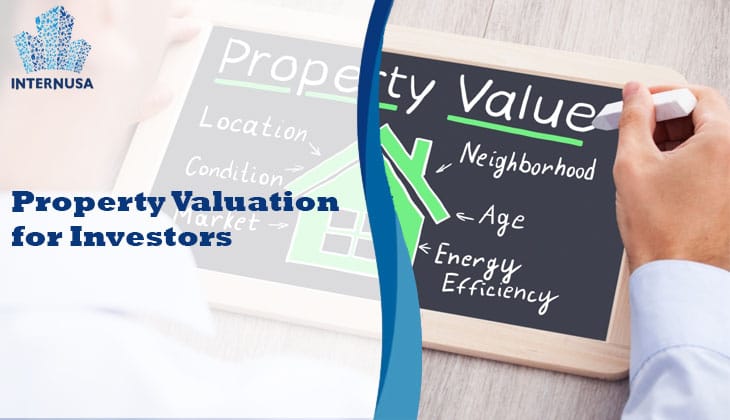Net Operating Income Optimization
In the world of real estate investment, one of the most important financial metrics is Net Operating Income (NOI). It measures the profitability of a property by calculating the difference between income and operating expenses. Investors, property managers, and developers all use NOI to evaluate performance, value properties, and plan long-term strategies.
To stay competitive and profitable, property owners must focus on Net Operating Income optimization. By improving revenue and reducing costs, NOI can be increased significantly—leading to higher property value and better investment returns.
What Is Net Operating Income (NOI)?
NOI = Gross Operating Income – Operating Expenses
It reflects the income generated from a property before taxes and debt service. Here’s what’s included:
📈 Included in NOI:
-
Rental income
-
Parking fees
-
Laundry or vending income
-
Maintenance charges paid by tenants
📉 Excluded from NOI:
-
Mortgage payments
-
Depreciation
-
Income taxes
-
Capital expenditures
Understanding what contributes to NOI is crucial before trying to improve it.
Why Is NOI Important?
-
Valuation tool: Appraisers use NOI to determine property value using capitalization rate (Cap Rate).
-
Performance indicator: Tracks how well a property is managed.
-
Loan qualification: Lenders assess NOI to evaluate debt service coverage ratio (DSCR).
-
Investor confidence: Stable or growing NOI signals good asset management.
Optimizing NOI is one of the most effective ways to grow a property’s value over time.
Strategies to Increase NOI
✅ 1. Boost Rental Income
🔹 Raise Rent Strategically
Analyze market trends and adjust rent periodically to reflect property improvements or neighborhood demand. Be careful not to outprice tenants.
🔹 Add Revenue Streams
Consider adding:
-
Parking or storage rentals
-
Laundry machines
-
Rooftop or signage leases
-
Co-working spaces
Even minor sources of extra income can increase NOI steadily.
✅ 2. Reduce Operating Expenses
🔹 Conduct Energy Audits
Install LED lighting, smart thermostats, and solar panels. Reducing utility expenses improves NOI without affecting tenant experience.
🔹 Outsource Select Services
Use third-party vendors for tasks like landscaping, cleaning, or maintenance to lower payroll costs while maintaining service quality.
🔹 Preventive Maintenance
Routine inspections reduce the risk of costly emergency repairs and extend the life of building systems.
✅ 3. Improve Occupancy Rate
Vacant units are lost revenue. Increase occupancy through:
-
Better marketing (online listings, social media)
-
Offering move-in specials
-
Partnering with relocation agents or corporate housing firms
High occupancy = high rental income = better NOI.
✅ 4. Technology and Automation
🔹 Property Management Software
Automated rent collection, maintenance tracking, and communication reduce admin labor and errors.
🔹 Smart Building Tech
Sensors and smart meters can optimize utility use and detect issues early, cutting expenses.
✅ 5. Negotiate Service Contracts
Review all vendor contracts (e.g., security, cleaning, HVAC). Negotiate bulk deals or re-tender to find better rates. Cutting just 5–10% from major service contracts can significantly impact NOI.
Common Mistakes That Lower NOI
❌ Over-Renovating
Spending heavily on upgrades that don’t add rental value or appeal to the target market may hurt your ROI.
❌ Ignoring Tenant Turnover
High turnover increases vacancy time, marketing costs, and unit refresh expenses. Focus on tenant retention through good service and communication.
❌ Poor Financial Tracking
Failure to monitor monthly income/expenses closely can lead to unnoticed cost leaks.
Case Study: NOI Optimization in a Mid-Sized Apartment Complex
Before Optimization:
-
Occupancy: 82%
-
Monthly Rental Income: $120,000
-
Operating Expenses: $70,000
-
NOI: $50,000
Optimization Steps:
-
Raised rent by 5% after renovations
-
Installed solar panels and LED lights (reduced utility costs by $4,000/month)
-
Improved occupancy to 95%
-
Negotiated new maintenance contracts
After Optimization:
-
Rental Income: $132,000
-
Operating Expenses: $62,000
-
NOI: $70,000
Result: $20,000/month increase in NOI, which significantly raised the property’s value using the cap rate formula.
How NOI Affects Property Valuation
A small increase in NOI can mean hundreds of thousands of dollars in added property value. Here’s why:
Property Value = NOI / Cap Rate
If you increase NOI from $100,000 to $110,000 and the cap rate is 5%:
Old Value = $100,000 / 0.05 = $2,000,000
New Value = $110,000 / 0.05 = $2,200,000
That $10,000 increase in NOI results in a $200,000 increase in asset value.
NOI and Financing Considerations
Lenders assess the Debt Service Coverage Ratio (DSCR):
DSCR = NOI / Annual Debt Service
Higher NOI means a higher DSCR, making it easier to qualify for loans with better terms. If your NOI drops, lenders may view your investment as riskier.
Net Operating Income optimization is a cornerstone of smart real estate investing. By increasing revenue, cutting unnecessary costs, leveraging technology, and reducing vacancies, investors can greatly improve property performance and long-term value.
In a competitive market, it’s not just about acquiring property—it’s about managing it efficiently and intelligently. With a clear NOI strategy, your portfolio can thrive even in uncertain economic times.





